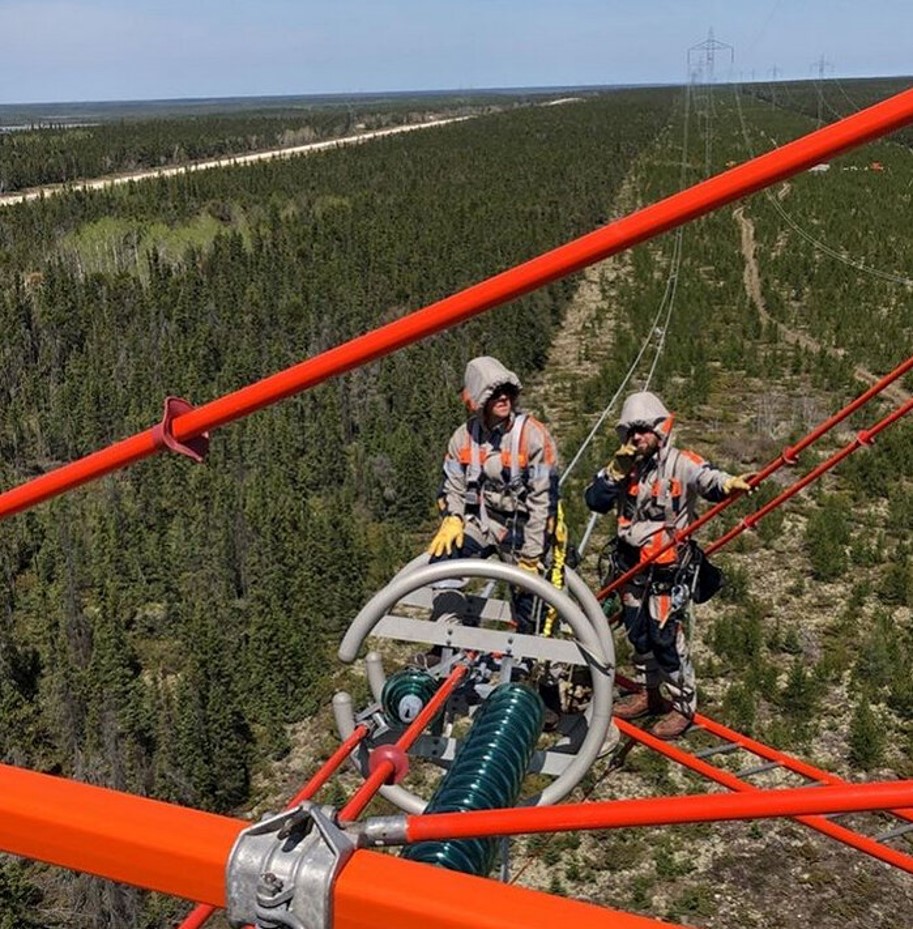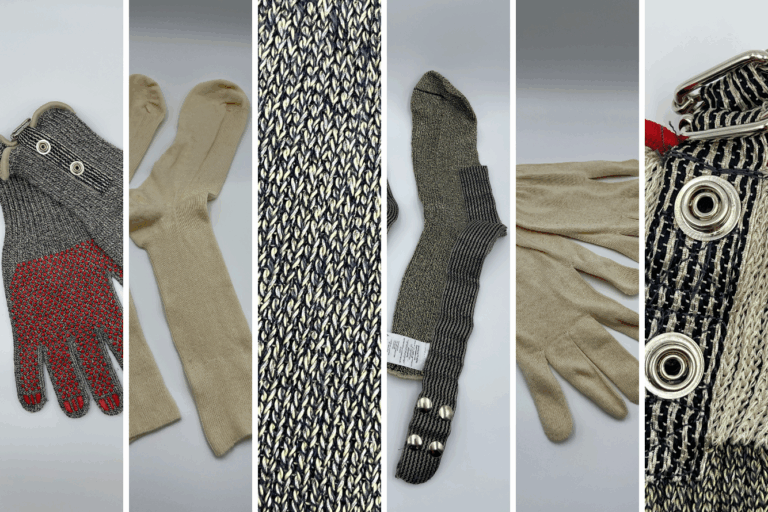The History of Conductive Clothing
The history of the electric power system starts a few decades after the establishment of the first telegraph lines across the US. The term lineman was first used to describe the workers who set up the wooden poles and hung the telegraph lines in the 1840s. As the first telephone lines in the 1870s, and later the first electric lines in the 1890s have been established, the term stayed. Despite the common name, the electric lineman’s duties differed greatly from erecting wooden poles and hanging telegraph lines. The construction of the electric lines may not differ much, but the maintenance of the electric lines during the dawn of the electrified area made it the most dangerous job at the time.
After the beginning of the electric power systems, very early came the need for uninterrupted service. The industry actors tried hard to minimize the power cuts, as this was their business interest. So, this urged them to find a solution to complete the maintenance work on the lines, even while they were energized. So, the technique of live working started to take shape. The first live workings happened in the 1910s and were done chiefly with homemade, improvised tools. The end of the decade was when the first purpose-built, company-manufactured tools were used.

[source: https://familynibbles.com/2021/09/04/173-a-job-as-lineman/]
The newborn live working method (LW, sometimes Live-Line Working – LLW) today consists of 3 different methods. During the hot stick method, the lineman carries out the work outside of the MAD (Minimum Approach Distance) with the help of a specific tool set. One of the first LW tools was this kind, as the tools were attached to the end of a dry wood or bamboo stick, making the lineman insulated from where the work is conducted. The other technique is the insulating gloves method. During this method, the lineman wears an insulating glove, covering one’s forearm, sometimes even the whole arm up to the shoulders. Thanks to the insulating property of the protective equipment, the lineman can reach within the MAD, even coming in direct mechanical contact with the energized line to carry out the task.
The first two techniques are widely used today but are limited to certain voltage levels. The insulating glove method is limited to low and medium voltage levels (<35kV) because the gloves cannot provide sufficient protection in case of higher voltage levels, and the lineman’s not covered body parts to stay out of the MAD. The hot stick method also becomes obsolete as the voltage levels rise. Although a longer insulating stick could be applied, it has a practical limit, especially as the high voltage line’s asset’s size and weight grows.
During the 1950s and ‘60s, the need for electricity skyrocketed as industrial production grew, and more and more households started using electric household appliances like washing machines, freezers, or electric irons. The power companies were building higher and higher voltage level lines to serve the growing need. The limitations mentioned above call into being the third LW method, the bare hand technique, to maintain these new, higher voltage level lines efficiently.

[source: https://www.youtube.com/watch?v=ErPMZqNx9DU]
The pioneer works using the bare hand method happened in the 1960s. Unlike in the case of the first two techniques, during the bare hand method, the lineman brought to the potential of the line on which the work is carried out. Just like a bird can sit on the line unharmed. During the work, the lineman is insulated from the surroundings being at a different potential, while to provide safety and comfort, he wears a conductive suit. This suit, interwoven with conductive materials like stainless steel or silver threads, acts as a Faraday cage, shielding the electric field and eliminating the tissue-current to protect the worker and provide a more ergonomic environment.
Although LW has a history of 100+ years, and the technologies matured with time, it still needs to be improved. The emergence of better materials, new research experiences, the growing concern for workers’ safety, new regulations, and the growing need for electricity and reliable services drives continuous development in the LW community. The diverse environments are setting a demand for the equipment to perform, from the harsh coldness of the arctics in Sweden to the scorching heat of Kuwait. As new countries and power companies are adopting the technologies of the LW in recent years, and further research and developments are constantly being made, the live working started by the pioneers 100 years ago has become an undoubtable success story for today.

[source: https://elstatics.com/gallery/]
At Electrostatics Ltd., we are working on developing our conductive clothes in light of the latest research findings. We continuously enhance them from ergonomic and regulatory perspectives. With our garments, we ensure safe and efficient bare-hand live work.
We are proud that our products can contribute to safe work, network operation, and fewer power outages worldwide.
For more information on Electrostatics conductive clothing visit our product page!
REFERENCES:
- British Pathé. (2014, April 13). Live Line Working (1969) [Video]. YouTube. https://www.youtube.com/watch?v=ErPMZqNx9DU
- Live working. A cutting-edge technique. 50 years of French history. RTE. Paris, 2014
- Live Working. (2023, April 3). Electrostatics. https://elstatics.com/live-working/
- Bare Hand Live-Line Work – CARRARO TECNO USA. (2018, June 21). CARRARO TECNO USA. https://carrarotecno.com/bare-hand-live-line-work/
- Wikipedia contributors. (2023). Live-line working. In Wikipedia. https://en.wikipedia.org/wiki/Live-line_working
- Krawulski, A., & Niejadlik, T. (2006). Live wire work on 400 kV and 220 kV OHL. In Proceedings of the 8th International Conference on Live Maintenance. Prague: ICOLIM.
- Jarvis, M. (2021, September 1). 173 – A Job As Lineman. Family Nibbles. https://familynibbles.com/2021/09/04/173-a-job-as-lineman/





